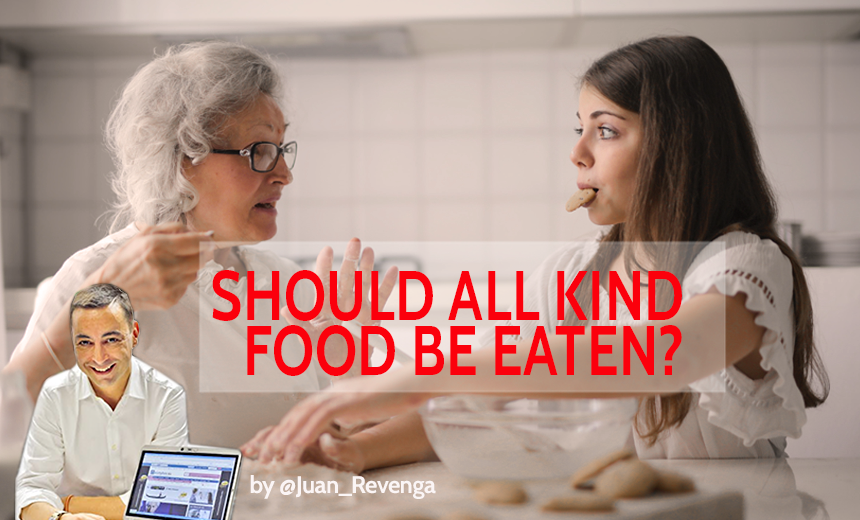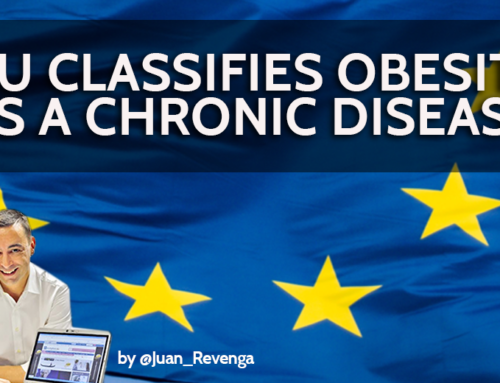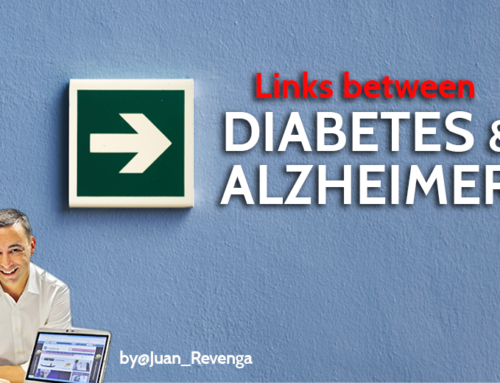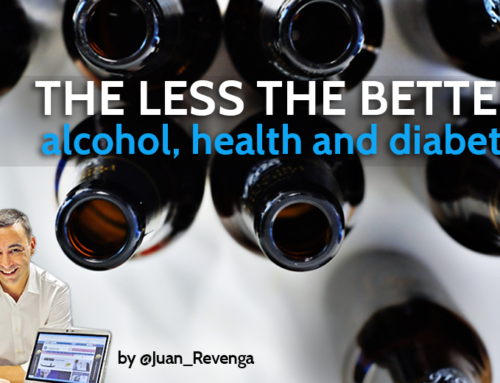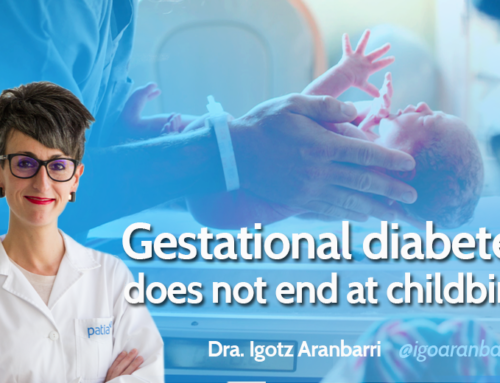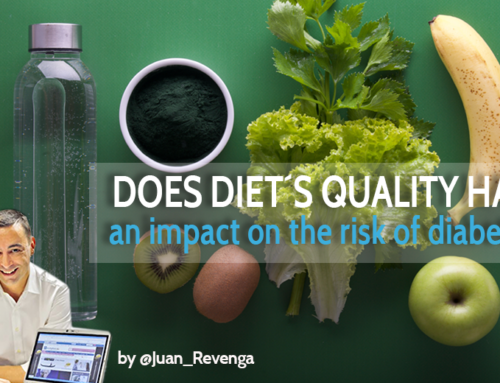To “eat everything” is to eat badly
Your grandmother – although it might be better to say your grandmother’s grandmother – was right, in that context, when she said “you have to eat everything” as an ultra-distilled message about what healthy eating should be. But today, I’m sorry, no. She wouldn’t be right. That’s why the importance of context, a very important element when describing communication. And the context of your grandmother (or your grandmother’s grandmother) had nothing to do with yours. And when I say nothing, I mean nothing at all.
Sixty or more years ago, the problem was the lack of food and, in addition, the offer (the catalog, if you prefer) of possible foods that could be part of the daily diet was frankly scarce. Very much so. To give you an idea and according to the “White Book of Nutrition in Spain” of the Spanish Nutrition Foundation (page 13) “our grandmothers lived between a short hundred foods”, however today we have, according to the same source, we have more than 30,000 products with which to make our daily diet.
As I’m sure you suspect, the difference between those of today (let’s say 30,000) and those of the past (let’s say 100) leaves a result of 29,900 foods… or rather food products. It is true that in those 29,900 more, in the environment of yesteryear there were neither kiwis, nor kale nor – let’s say – avocado (do you dare to imagine what life could be like without avocado?). But apart from those few dozen “original” foods from other latitudes that are now accessible to us, the fact is that practically all of those 29,900 that we “enjoy” today are ultra-processed products.
The times have changed
So, in our grandmothers’ days, “eat everything” was not only good health advice, but also a statement of good intentions, because back then, having access to enough food in that range was a good thing.
Today, on the contrary, we have plenty of everything, both in supply and quantity. And this, as you can see, is a double problem. The supply is lousy and we have plenty. We have gone from deficit diseases and ‘The Hunger’ (yes, with capital letters) to the diseases of opulence. Eating everything, today, means getting up to our ears in sugar, salt, calories, saturated fats and in general ultra-processed products, leaving aside the “original” unprocessed or minimally processed foods.
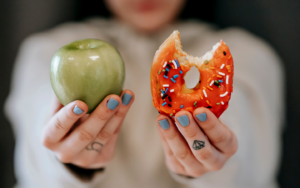 The value of image over words
The value of image over words
As a picture is worth a thousand words -they say- it is worth taking a look at the graphic work entitled “Hungry Planet, what the world eats” in which photographs show the weekly diets of different families according to their per capita income and nationality. Just as an example, it is worth comparing the food supply of this family from Sarajevo (which could easily represent the typical diet of a well-off Spanish family 60 or 70 years ago) in which, as can be seen, fresh products abounded, and compare it with that of this other Californian family (where ultra-processed products are the ONLY protagonists).
So, no, don’t eat all of today’s everything or, if you prefer, yes, eat all of what was in your grandmother’s day. Your health prognosis will thank you. Oh, and if you want, you can incorporate avocados, kiwis and kale.
Latest posts by Juan Revenga Frauca (see all)
- Obesity recognized as a chronic disease - 13 October, 2021
- Who said you have to eat everything? - 7 October, 2021
- Diabetes and Alzheimer - 29 January, 2021



